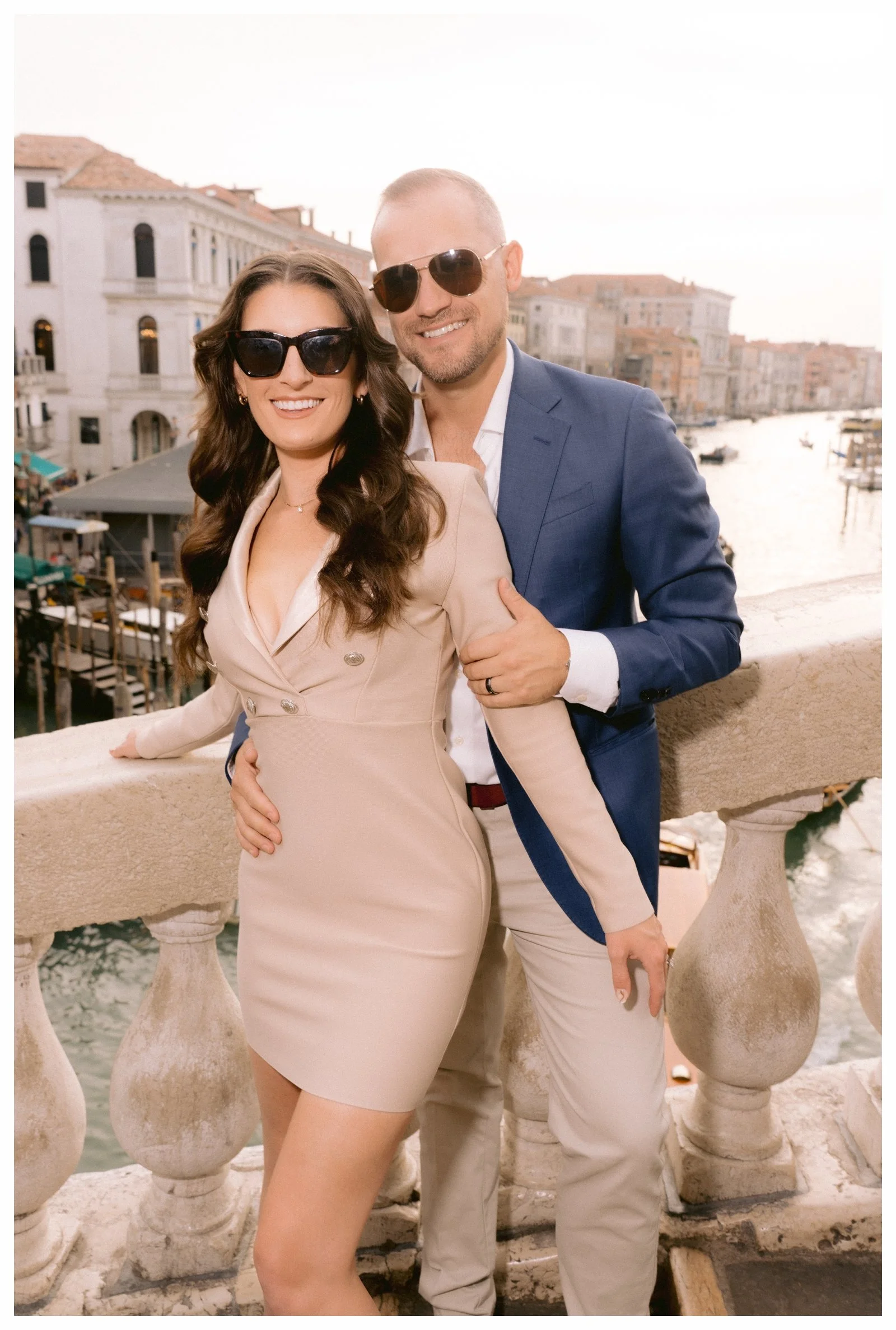Sony G 24-105 F4 Review and Sample Images. Is it worth it in 2023?
If you're in the market for a versatile and high-quality lens, the Sony G 24-105mm f4 is definitely worth considering. As an avid photographer, I recently purchased this lens and have been extremely impressed with its performance.
One of the things I love most about the Sony G 24-105mm f4 is its focal length range. From wide-angle to telephoto, this lens has me covered for just about any type of shot I want to take. Whether I'm shooting landscapes, portraits, or action shots, the Sony G 24-105mm f4 has the versatility to handle it all.
The f4 aperture is also great for low light situations and produces beautiful bokeh in portraits. In terms of image quality, the Sony G 24-105mm f4 does not disappoint. The images are sharp and have excellent color rendition, although I did find that the colors can appear slightly washed out and warm at times.
FULL SUN
NIGHT TIME WITH FLASH
NIGHT TIME, NO FLASH, ISO 6400
It is generally accepted that the Sony a7III does not have the best color science compared to some older cameras, such as the Canon 5D Mark III.
Color science refers to the way a camera processes and reproduces colors in an image. Some cameras, such as the Canon 5D Mark III, are known for producing accurate and lifelike colors straight out of the camera. The Sony a7III, on the other hand, is known for producing more muted and less vibrant colors, especially in skin tones.
On the left: 24-105 @24mm - Sony A7iii; On the right 50mm 1.4 @ 1.4 - Canon 5d Mark III
This difference in color reproduction can be attributed to the way the two cameras process color data. The Canon 5D Mark III uses a more traditional Bayer color filter array, which is designed to capture a wider range of colors and provide more accurate color reproduction. The Sony a7III uses a different color filter array called X-Trans, which is designed to reduce moiré and other artifacts, but may result in less accurate color reproduction.
That being said, it's important to note that color reproduction is subjective and can be influenced by a variety of factors, including lighting conditions, lens quality, and post-processing techniques. Some photographers may prefer the more muted and realistic colors produced by the Sony a7III, while others may prefer the more vibrant and lifelike colors produced by the Canon 5D Mark III. Ultimately, the best camera for you will depend on your personal preferences and shooting style.
An F4 photography lens is generally not considered the best choice for low light situations because it has a larger aperture, which allows less light to enter the lens and reach the camera's sensor. A lens with a larger aperture (such as an F2.8 or F1.8 lens) would be a better choice for low light situations because it allows more light to enter the lens, resulting in brighter images with less noise.
That being said, an F4 lens can still be used in low light situations, it just may require a higher ISO or slower shutter speed to compensate for the lower amount of light. This can lead to increased noise in the image.
In general, if you frequently shoot in low light conditions, it may be worth investing in a lens with a larger aperture. However, if you mostly shoot in well-lit situations and want a lens that is versatile and can be used for a variety of shooting scenarios, an F4 lens can still be a good choice.
The autofocus on the Sony G 24-105mm f4 is fast and silent, making it perfect for use in videos. I have used this lens for several wedding shoots and have been extremely happy with the results. The fast and accurate autofocus ensures that I don't miss any important moments, and the beautiful bokeh helps to create a romantic and cinematic look.
Sony cameras and native lenses are known for their excellent eye-autofocus performance in both photos and videos. This is especially true for newer Sony cameras, which feature advanced autofocus systems that are designed to quickly and accurately focus on the eyes of a subject.
One of the key advantages of Sony's eye-autofocus technology is its speed and accuracy. When using a Sony camera with a native lens, the autofocus system can quickly lock onto the eyes of a subject, even when they are in motion or the lighting conditions are poor. This makes it much easier to capture sharp and well-focused images and videos, even in challenging situations.
In comparison, older autofocus systems (such as those found in older cameras or cameras from other brands) may not be as fast or accurate when focusing on the eyes. These systems may struggle to keep up with fast-moving subjects or may struggle to focus accurately in low light conditions.
Overall, the eye-autofocus performance of Sony cameras and native lenses is generally considered to be significantly better than that of older systems. This makes them a great choice for photographers and videographers who want to capture sharp and well-focused images and videos, especially when working with fast-moving or low light subjects.
One thing to note is that the Sony G 24-105mm f4 is on the larger side and can be quite heavy, which may not be ideal for all photographers. However, the size and weight are a small price to pay for the excellent image quality and versatility that this lens offers.
In conclusion, the Sony G 24-105mm f4 is a fantastic lens that has quickly become one of my go-to options for a wide range of shooting situations. Whether you're a professional photographer or an enthusiast, I highly recommend giving this lens a try. Its versatility, image quality, and fast and silent autofocus make it a great choice for any photographer.
I will include some sample images taken in a variety of different scenarios and lighting situations. These images will showcase the capabilities of the camera and lens in a range of environments, from well-lit studios to low light streets at night. By providing these sample images, I hope to give you a better idea of how the camera and lens perform in the real world and how they might handle the types of scenes and subjects you are interested in shooting.










